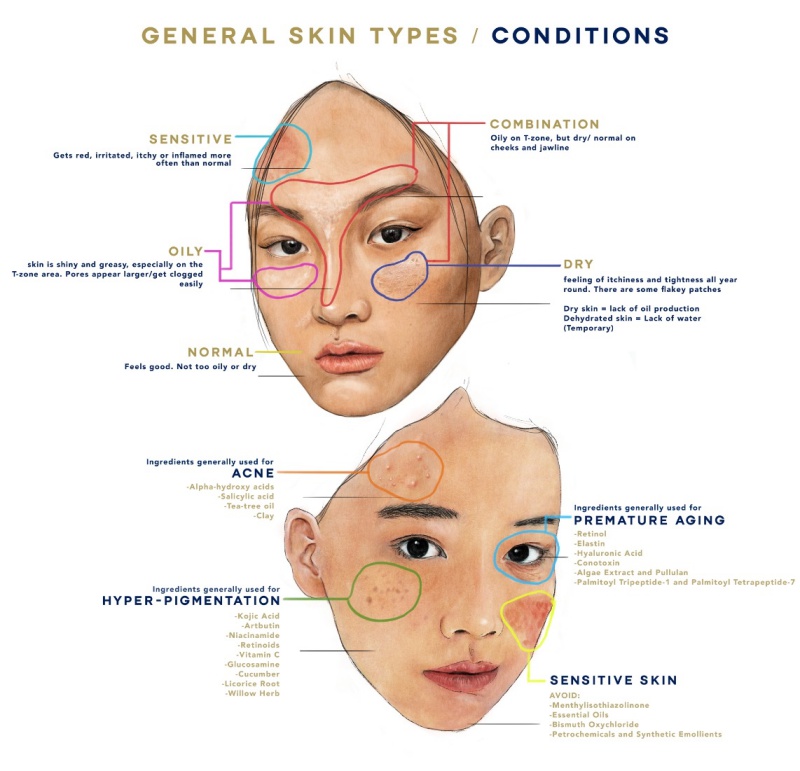Exploring Beauty Standards: Which Type of Face is Most Attractive Across Different Cultures?
#### IntroductionIn the realm of beauty, the question of **which type of face is most attractive** has sparked countless discussions and debates. Beauty sta……
#### Introduction
In the realm of beauty, the question of **which type of face is most attractive** has sparked countless discussions and debates. Beauty standards vary widely across different cultures and societies, influenced by historical, social, and even biological factors. This article delves into the various perceptions of facial attractiveness and seeks to understand the underlying reasons behind these preferences.
#### The Science Behind Facial Attractiveness
Research in psychology and evolutionary biology suggests that certain facial features are universally considered attractive. Symmetry, for instance, plays a crucial role in how we perceive beauty. Faces that are more symmetrical tend to be rated as more attractive, likely because symmetry is often associated with health and genetic fitness.
Moreover, specific features such as a well-defined jawline, high cheekbones, and clear skin are often highlighted as desirable traits. These features can signal youth and fertility, which may explain their appeal from an evolutionary standpoint.
#### Cultural Variations in Beauty Standards
While certain features may be widely appreciated, cultural influences significantly shape our perceptions of beauty. For example, in Western cultures, a lean face with pronounced cheekbones is often idealized, whereas in some African cultures, fuller faces may be seen as more attractive. Similarly, in East Asian cultures, a softer, rounder face with a smaller jawline is often favored.
These variations highlight the importance of context in defining attractiveness. What is considered beautiful in one culture may not hold the same value in another. This leads to the question: how do these cultural standards influence individual preferences?
#### The Role of Media and Social Influences
The media plays a pivotal role in shaping beauty standards. Celebrities and influencers often set trends that can sway public opinion on what constitutes an attractive face. Social media platforms, in particular, have amplified these influences, allowing beauty ideals to spread rapidly across different demographics.
However, this can create unrealistic standards that many feel pressured to meet. The rise of filters and photo editing apps has further complicated the conversation around beauty, often presenting an unattainable version of attractiveness that can impact self-esteem and body image.
#### Personal Preferences and Individuality
Despite societal standards, personal preferences play a significant role in defining what one finds attractive. Factors such as personality, shared interests, and emotional connection often outweigh physical attributes in long-term relationships.

Moreover, beauty is subjective; what one person finds attractive, another may not. This subjectivity underscores the importance of embracing individuality and recognizing that attractiveness comes in many forms.
#### Conclusion
In conclusion, the question of **which type of face is most attractive** is complex and multifaceted. While certain features may be universally appreciated, cultural influences, media portrayals, and individual preferences all contribute to our understanding of beauty. Ultimately, it is essential to celebrate diversity in facial features and recognize that attractiveness is not a one-size-fits-all concept. By appreciating the unique qualities that each person brings to the table, we can foster a more inclusive definition of beauty that transcends conventional standards.